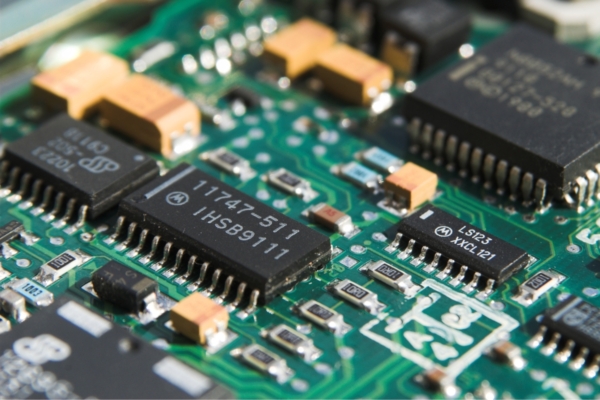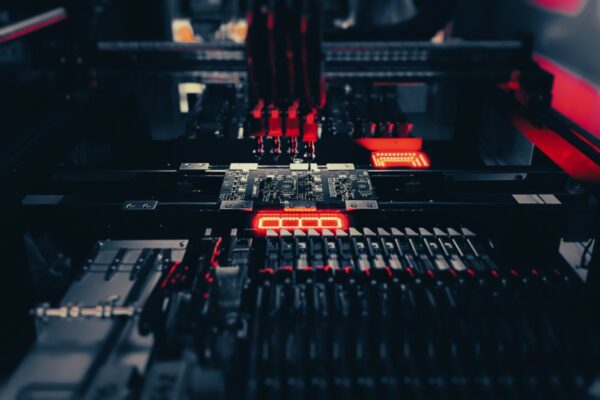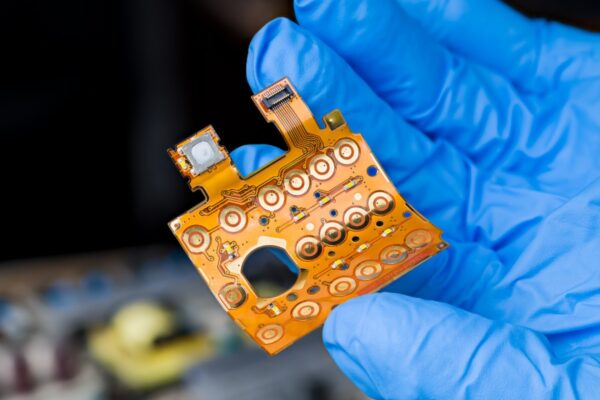What is Chip
In the PCB industry, chip refers to a semiconductor integrated circuit that is directly mounted onto a PCB. This bare integrated circuit is attached to the PCB using various assembly techniques, such as chip-on-board or flip-chip technology. The chip serves as a fundamental component in electronic devices and plays a crucial role in their functioning.
During the COB assembly process, a bare semiconductor is mounted on a PCB chip or substrate using conductive or non-conductive epoxy. The electrical connection to the chip can be achieved through gold ball bonding or aluminum wedge bonding. In applications requiring high thermal and electrical conductivity, semi-sintered epoxy resins can be used for chip-on-board assembly. Additionally, the flip-chip technology involves connecting the chip face down to the PCB using solder balls pre-applied at the wafer level or through an internal bumping process.
To protect the chip, various packaging processes can be employed. These include the use of glob top or Dam/Fill techniques, which provide insulation and safeguard the chip from environmental factors such as moisture, dust, and mechanical stress. The chip-on-board assembly can also be combined with a fast turnaround service to meet time-sensitive requirements.





